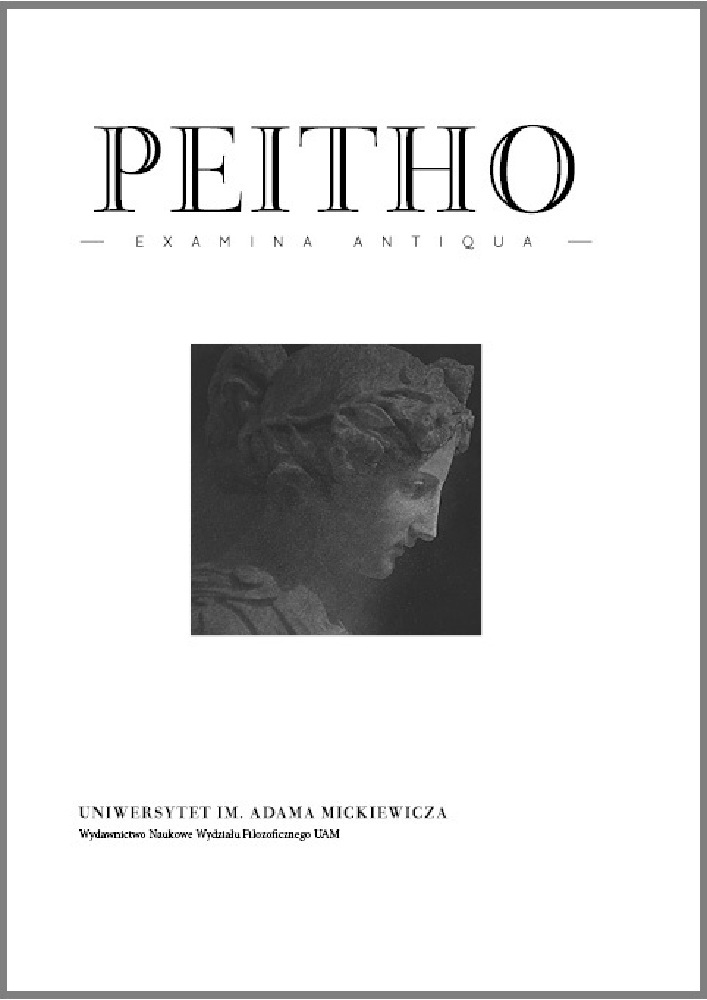Abstract
Towards the end of fragment 1 of his Poem, Parmenides puts forward two methods or paths that a priori explain the same object of study: the existence of the fact or state of being. One of the options leads to the core of the truth and is, therefore, pursued. The other is merely a set of contradictory opinions and is, accordingly, abandoned. These two paths are expounded in the rest of the Poem, while fragment 4 shows that even the erroneous conception, which had to be set aside, can still be fruitful. Once the firm foundation of truth has been established, fragments 10 and 11 propose to widen the inquiry to the whole of reality. This interpretation suggests a rejection of the arrangement of the Poem that has become canonical, and a criticism of the doxographic tradition that since Aristotle has “Platonised” the philosophy of Parmenides by assimilating the “opinions” (which are only points of view) to the “appearances” (in the Platonic sense of the term).
References
Cordero, N.L., 2004, « La pensée s’exprime « grâce » à l’être (Parménide, fr. 8.35) », La revue philosophique 129, p. 5–13. https://doi.org/10.3917/rphi.041.0005 DOI: https://doi.org/10.3917/rphi.041.0005
Cordero, N.L., 2016, « Aristote, créateur du Parménide díkranos que nous héritons aujourd’hui », Anais de filosofia classica 10, p. 1–25.
Cordero, N.L., 2021, « Les « opinions des mortels » de Parménide et un éventuel Pythagorisme éléatique », Archai 31, p. 1–23. DOI: https://doi.org/10.14195/1984-249X_31_14
Curd, P., 2004, The Legacy of Parmenides, Las Vegas.
Estienne, H., 1573, Poesis Philosophos, Genevae.
Falus, R., 1960, « Parmenides – Interpretationen », Acta Antiqua Academiae Scientiarum Hungaricae 8.
Fülleborn, G.G., 1795, Fragmente des Parmenides, Züllichau.
Jaeger, W., 1947, The Theology of Early Greek Philosphers, Londres.
Kranz, W., 1916, Über Aufbau und Bedeutung des Parmenideischen Gedichtes, Berlin.
Licciardi, I.A., 2016, Parmmenide tràdito, Parmenide tadìto nel Commentario di Simplicio alla «Fisica» di Aristotele, Sankt Augustin.
Mouraviev, S., 2018, « Ersatz de vérité et de réalité? ou Comment Parménide (B 1.28–32) a sauvé les apparences (avec la collaboration épistolaire de Scott Austin, décédé en 2014) », en : M. Pulpito, P. Spangenberg (eds.), Ὀδοί νοήσαι / Ways to Think. Essays in Honour of Néstor-Luis Cordero, Bologne.
Peyron, A., 1810, Empedoclis et Parmenidis fragmenta ex codice Taurinensis Bibliothecae restituta et illustrata, Leipzig, 1810.
Reale, G., 1991, Parmenide. Poema Sulla Natura, Milan.
Rossetti, L., 2017, Un altro Parmenide, 2 vols., Bologne.
Santoro, F., 2018, « A Lua, Vênus e as Estrelas de Parmênides », en : M. Pulpito, P. Spangenberg (eds.), Ὀδοί νοήσαι / Ways to Think. Essays in Honour of Néstor-Luis Cordero, Bologne.
Tarán, L., 1965, Parmenides, Princeton.
License
Copyright (c) 2022 Nestor Luis Cordero

This work is licensed under a Creative Commons Attribution 4.0 International License.
Peitho provides immediate open access to its content on the principle that making research freely available to the public supports a greater global exchange of knowledge.

